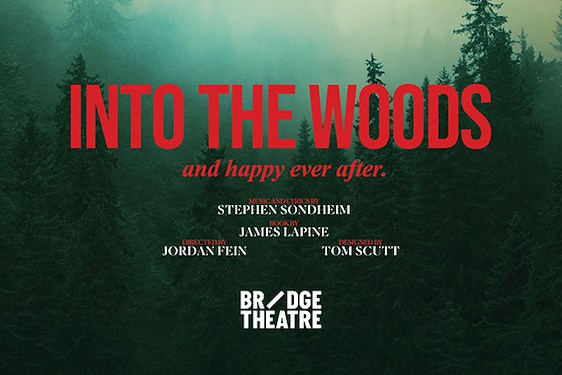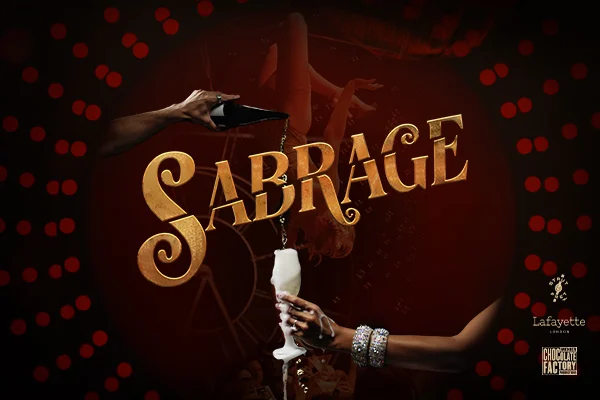The Almeida’s Angry and Young season has opened with two seminal works from the dramatic revolution of the late 1950s: Arnold Wesker’s Roots and John Osborne’s Look Back in Anger. Initiating what became known as the ‘kitchen sink’ genre, it is Roots that most faithfully portrays the kitchen as the heart of the home and the prison of women.
A window into a bygone age
Beatie Bryant, simply yet passionately played by Morfydd Clark, returns to her home in Norfolk after three years in London where she met and fell in love with Ronnie and encountered a world remote from anything she had ever experienced. The big city was a challenge to her rural lifestyle, but it was Ronnie’s radical socialism and attacks on the norms of the day that opened her mind to a new reality, even if she had difficulty in understanding much of it for her lack of education. She tries to spread the message of a post-war Utopia to her family and in particular her mother, repeatedly predicating her sentences with, “Ronnie says…” in a blend of indoctrination and infatuation. Meanwhile, listening patiently in her own world, Sophie Stanton staunchly captures the rustic stoicism of Mrs Bryant, who manages to stretch her husband's limited wage to ensure the family has food and clothes.
Wesker captures the clash of these two worlds. The mundane conversations and banalities of life that were the stuff of isolated working class families, where mothers really did know the bus timetables by heart, look out of the kitchen window and make conversation about of the late running of the 1030. Class divides were rampant yet the lower echelons repeatedly elected Conservative governments who kept them in their place. Mostly they were content because that’s what they had grown up in and been taught to accept. Hence Beatie proclaims, “The whole stinkin' commercial world insults us and we don't care a damn. Well Ronnie's right – it's our own bloody fault. We want the third-rate – we got it!”
She was always going to be fighting a losing battle. Yet, as she preaches in pools of light used only for her orations, an ingenious part of Lee Curran’s lighting design, she grows in her own understanding and increases in confidence until in a frenzy of exultation to the accompaniment of Bizet L’Arlésienne, she realises she can speak for herself and we are treated to the hope of salvation and redemption.
Director Diyan Zora makes maximum use of the double revolve, to move Naomi Dawson’s realistically practical set back and forth and with a strong supporting cast the play provides a window into a bygone age that many of us grew up in.


















